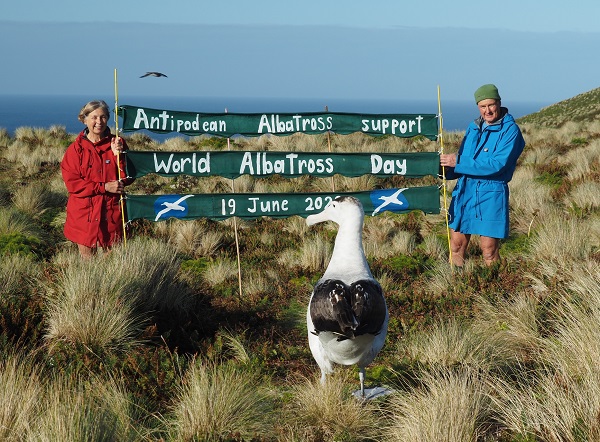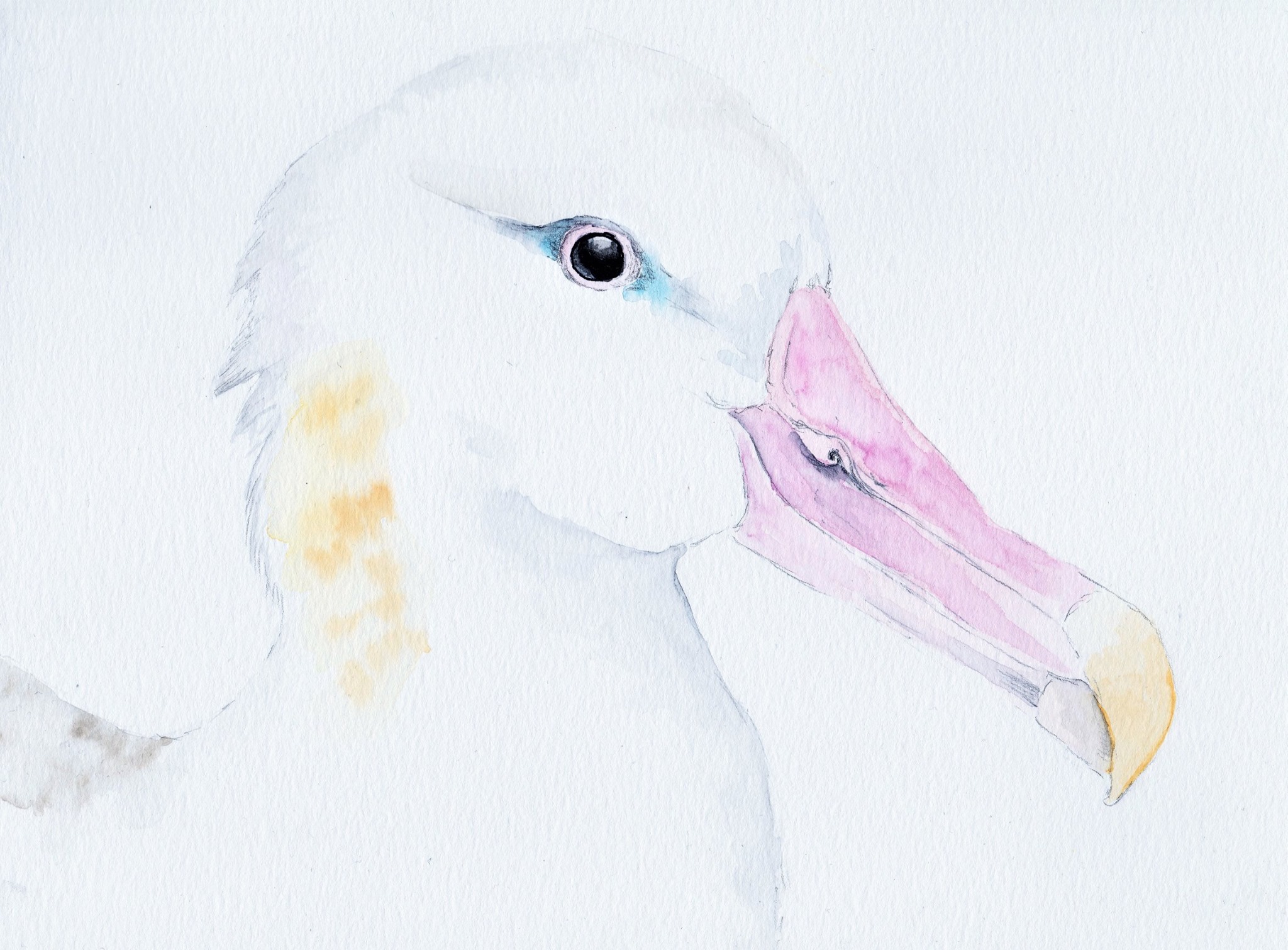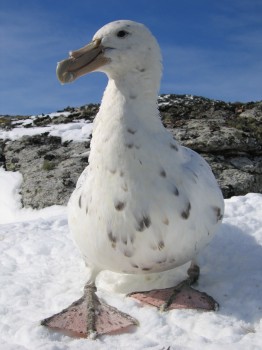
White-phase Southrern Giant Petrel on Signy Island, photograph by Michael Dunn
John Van Hoff (Australian Antarctic Division, Kingston, Tasmania, Australia) has published in the open-access journal Marine Ornithology on timing of breeding of Southern Giant Petrels Macronectes giganteus in relation to latitude.
“An organism's reproductive phenology is closely connected with environmental variables and resource availability, and an earlier reproduction is generally predicted as temperatures warm. Sibling giant petrels Macronectes spp. have a circumpolar Southern Hemisphere breeding distribution, which provides an opportunity to test predictions of phenological change in breeding stages over large environmental gradients. Mean comparisons confirmed a ~50 day separation in egg-laying phenologies for the two species, and linear regression showed that variation in phenology was not linked to latitude when the data were separated by species. There was a significant predictive interaction model for temperature and day length at onset of copulation in Southern Giant Petrels M. giganteus, but plots of the raw data suggested that temperature has little, if any, effect on gonad maturation. While day length was the most important factor related to onset of copulation, temperatures at hatching likely constrained the overall phenology of breeding, especially for populations reproducing at extreme high latitudes.”
Reference:
Van Den Hoff, J. 2020. Environmental constraints on the breeding phenology of giant petrels Macronectes spp., with emphasis on Southern Giant Petrels M. giganteus. Marine Ornithology 48: 33-40.
John Cooper, ACAP Information Officer, 20 April 2020, updated 07 July 2020

 English
English  Français
Français  Español
Español 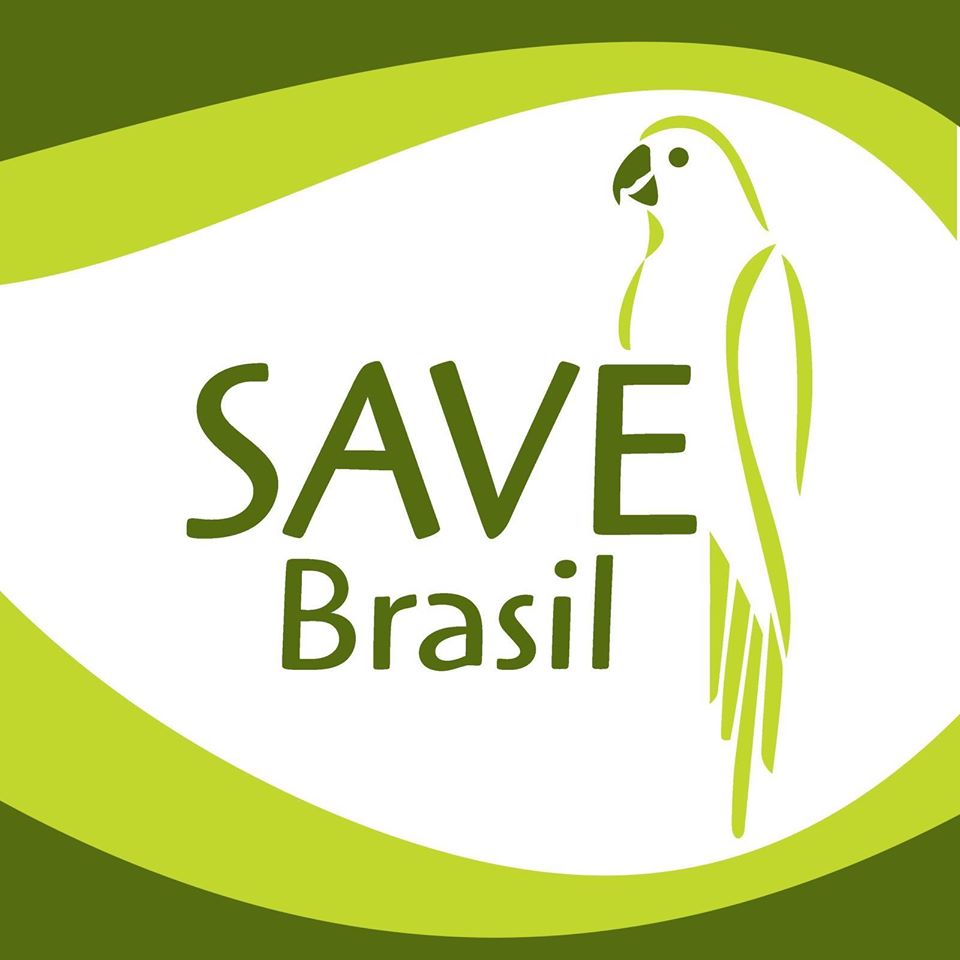
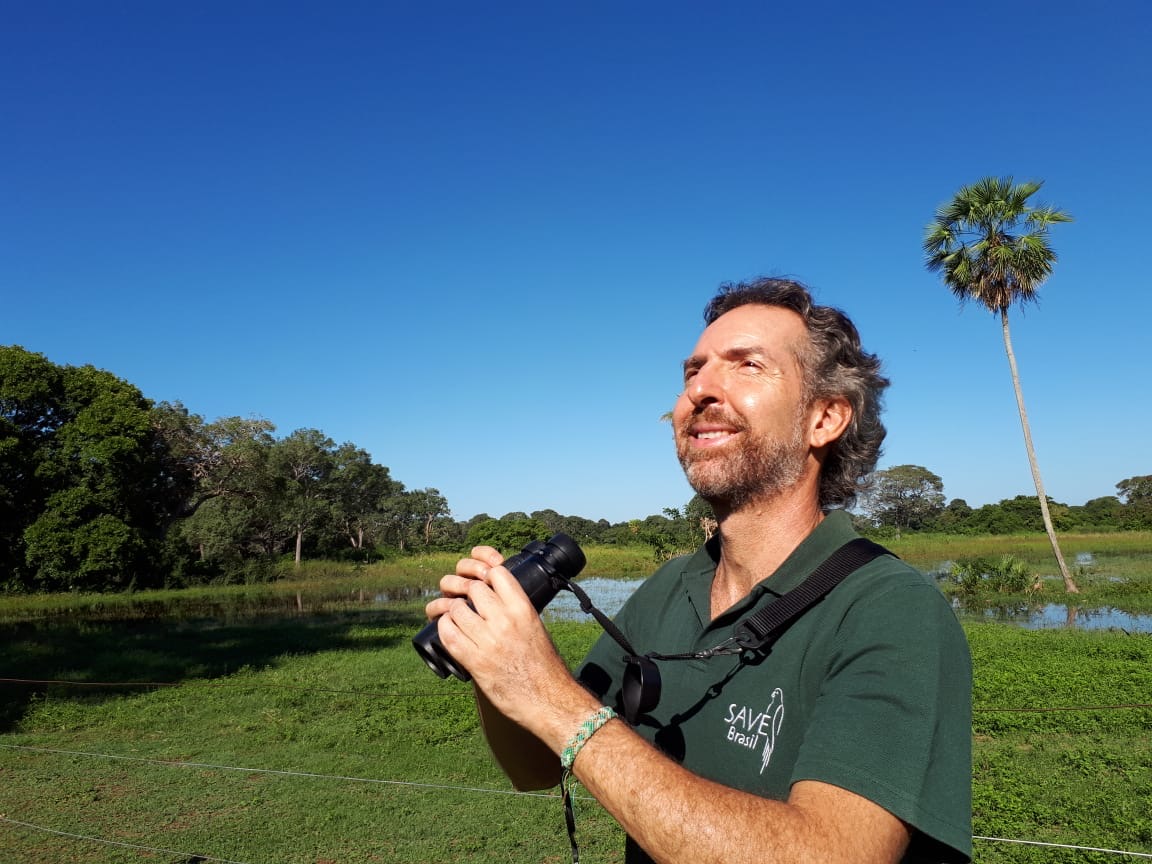
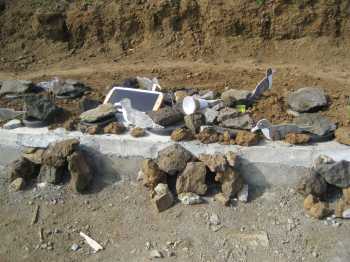
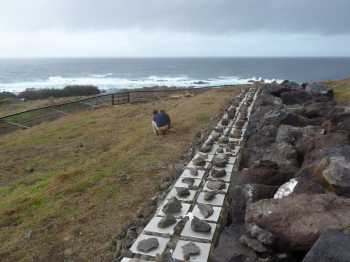
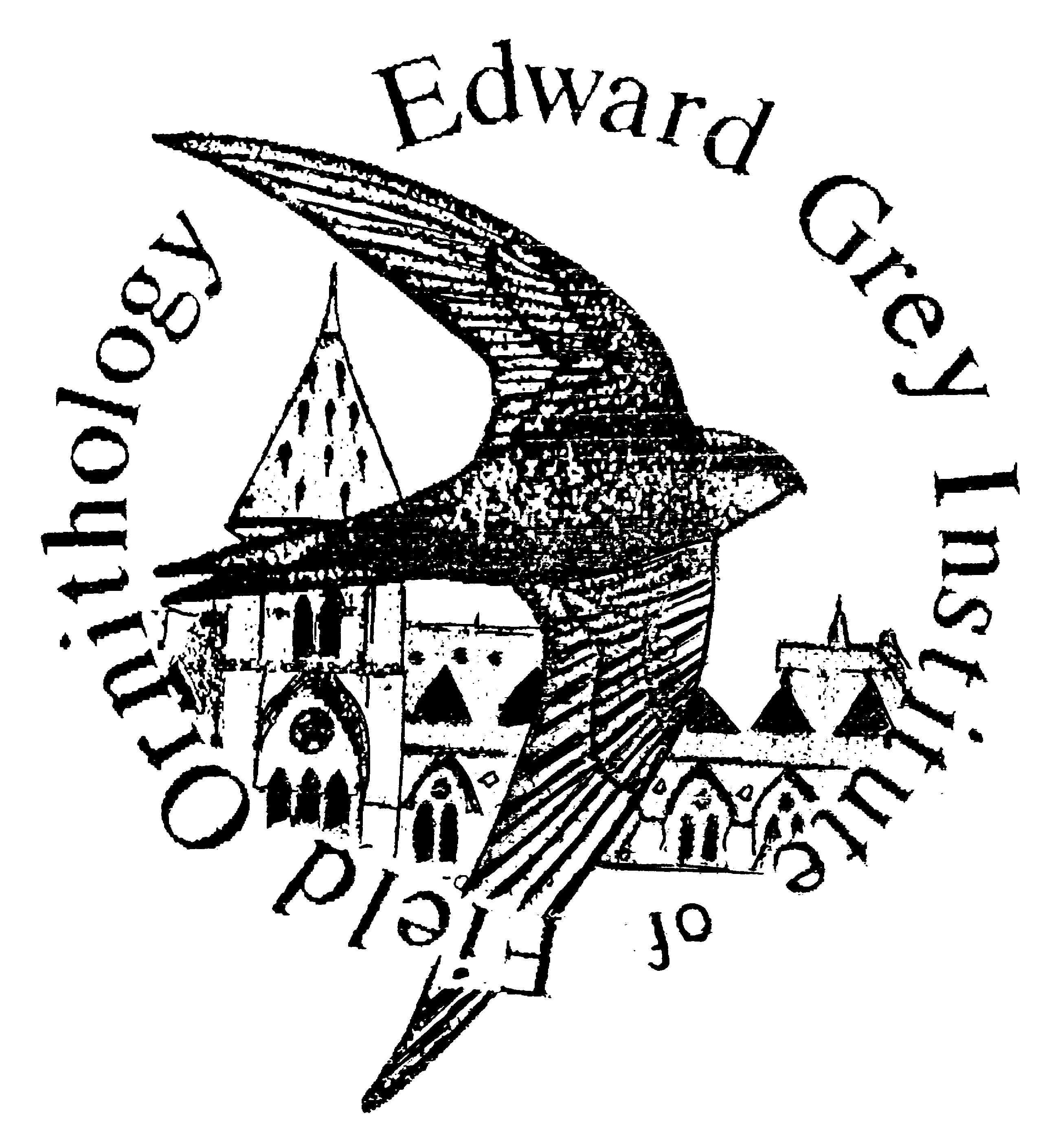
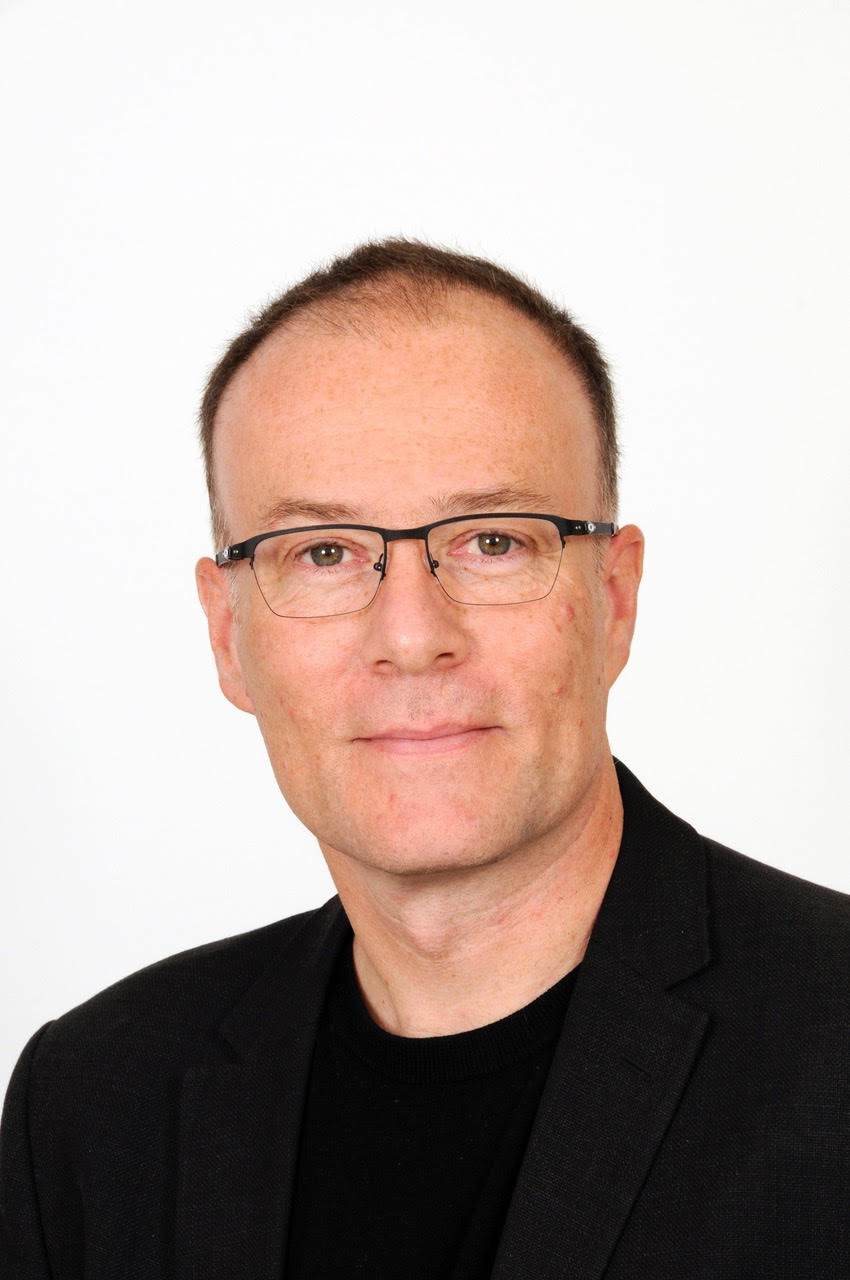 Ben Sheldon, Director, Edward Grey Institute
Ben Sheldon, Director, Edward Grey Institute